By contributing editor Chuck Fadely:
Field test: GH4 4k, iFootage Shark Slider S1 and Rokinon 12mm cine lens = poor man’s MoCo! from Chuck Fadely on Vimeo.
I’m so envious of those compound moves from expensive motion control (MoCo) units. I just love those simultaneous slides and tilts and pans and zooms. But ouch, the price tags on those things make me wince. I’ve done a field test with some moderately priced gear that will let you simulate those results.
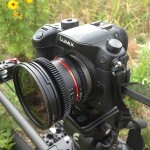
Using a Panasonic GH4, and shooting in 4K, gives you lots of room in post to do fancy moves with keyframes. There’s so much resolution to spare that you can do some radical zooms in FCPX and output a 1080P movie that’s still gorgeous. Combine that with the new Rokinon 12mm T2.2 Cine lens in a native micro 4/3 mount, with big fat geared focus ring and a 67mm front filter size for your fader ND filter, and you’ve got a compact wide angle outfit that’s easy to pull focus on.
And finally, add in the iFootage Shark Slider S1 from GearContact.com, and you can do some really nice moves with your bare hands.
The iFootage Shark Slider S1 is one of the best bang-for-the-buck sliders I’ve ever used. It has carbon fiber rails that can be extended by screwing in additional rails (an upgrade option). It is silky smooth thanks to a heavy counter weight and a toothed belt. And it’s nearly silent! Love that. It comes with adjustable feet and it has built-in sockets to mount it to C-stands at both ends.
The iFootage Shark Slider S1 Bundle, with the extension rails, sells for US $640 from GearContact.com out of Hong Kong. It includes a nice case, the extra rails that take it to 1350mm (53 inches) length, and the belts for both the regular and long setups. It’s fairly light at 3.8kg (8.4 lbs)for the long setup, and 3.4kg (7.5 lbs) for the regular length. You’ll need to add your own head or mount to attach a camera.
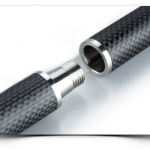
The slider feels like quality. Fit and finish is superb and even when screwing the rails together for the long setup it’s solid and smooth, with no bump when the carriage passes over the joint. It comes with built-in leg supports that swivel and have threaded length adjusters. Lots of 3/8” and 1/4” connection spots and the thing is solid.
The highly flexible toothed belt combined with the wheel counterweight gives exceptionally smooth movement, and if you’re careful in leveling the slider, you can start a slide with a light push and have it come to a perfect stop on it’s own down at the other end.
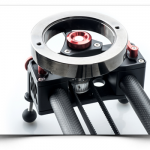
Mounted on a substantial tripod, you can do lots of movement with your pan head while sliding and it doesn’t flex or jiggle. Bearings are adjustable. The tripod mount is centered on the regular length slider but when you add the extension rails you’ll need to support the ends. Seems reasonably rugged. I don’t have anything bad to say about it.
They were showing a motion-control outfit based on the S1 slider at NAB earlier this year. I can’t wait for that to come out, but in the meantime some careful manual panning combined with zooming the 4K image in post can give a little spark to static subjects.
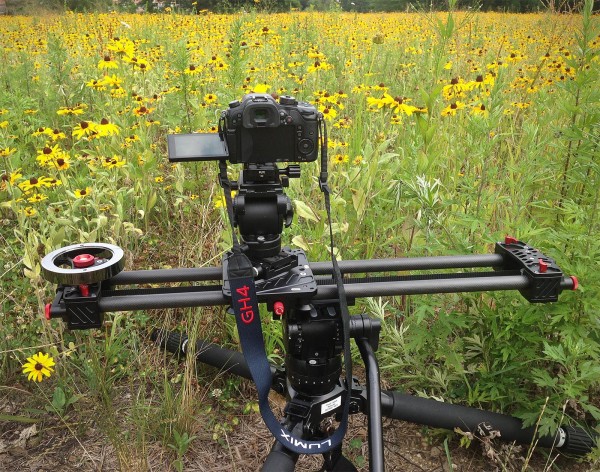
Rokinon 12mm T2.2
The Rokinon 12mm T2.2 Cine Lens is tiny compared to the Rokinon full-frame 14mm. The 12mm keeps lines relatively straight, and it is sharp and decent for the price (US $429 from B+H) – too bad it only covers mirrorless APS-C size chips. It’s available in Micro 4/3, Sony E-Mount, Fuji X mount, Samsung NX, and Canon M mount. It has nice smooth focus and click-less aperture ring with cine style gears and the markings indexed on the left side of the lens – where you’d look at it when on a tripod at eye level. And the best part is it’s a wide angle that takes regular 67mm filters on the front so you don’t have to struggle to adapt filters to a petal front end, like you do with the Panasonic 7-14mm.
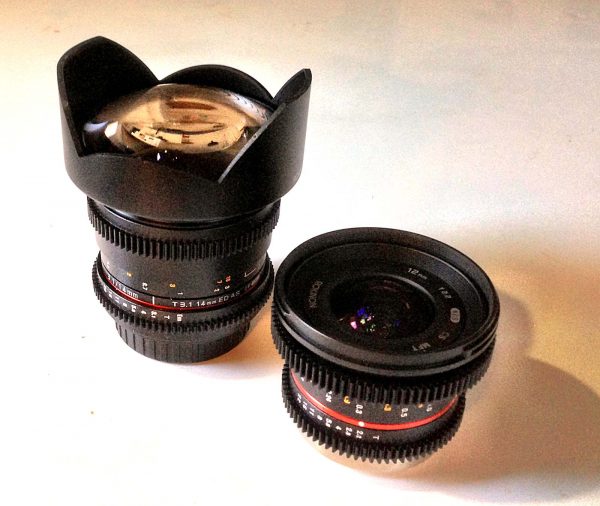
Notes on the GH4
And finally, a few words about the Panasonic DMC-GH4. I’m not going to go into detail here as there are plenty of reviews out there, but suffice to say shooting in-camera 4K is quite nice. A fast 64-gig SDXC card will give you well over an hour of 4K footage and Final Cut Pro X will edit it with no transcoding and no problems. Downsample the 4K on output to 1080 and the footage looks great. The camera has a good bit of control over the image and it has both mic and headphone jacks. I haven’t tried the add-on DMW-YAGH Interface Unit, which gives XLR and HD-SDI jacks, but for a still camera, it’s pretty video friendly even without it. It has peaking and focus magnification and you can monitor either the incoming audio in real time or the recorded audio with a slight delay.
To sum up, I find it incredible what can be achieved with such a small and affordable package. Only a year ago we could only dream of such convenience. For real world shooters the gear really isn’t a barrier any more – it’s all about your own creativity.
Chuck Fadely is a video journalist at Newsday in New York. GearContact.com provided the Shark Slider for review. The GH4 and Rokinon 12mm were purchased retail.





